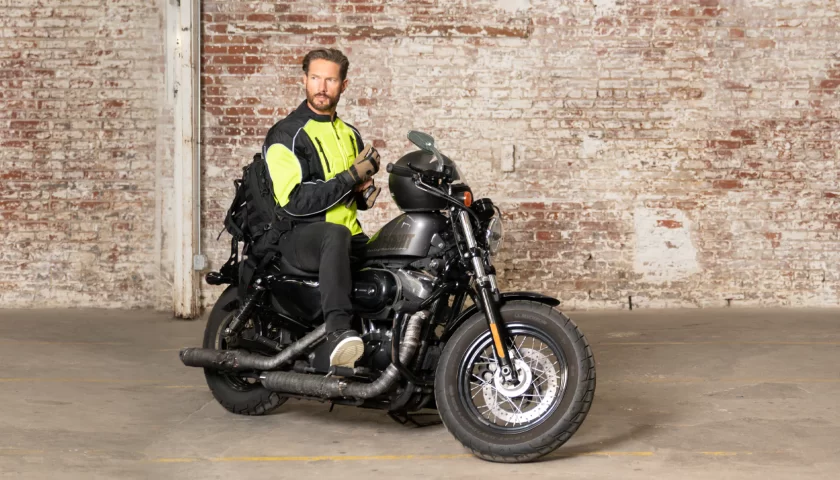Riding across open roads with the wind in your hair is one of the most exhilarating experiences available to us; however, it comes with certain risks that can be reduced with proper gear protection.
Step one in riding safely is enrolling in an established training course, providing both foundational knowledge and practical experience. Next step should be purchasing essential motorcycle gear.
Helmet
Helmets provide essential protection from head injury by absorbing and dispersing impact forces in an accident, significantly decreasing risk of severe head trauma and head injuries.
Helmets also serve to protect riders from wind and other adverse weather conditions, and help to block raindrops from blowing in their eyes making them essential components for riding at higher speeds. This makes a helmet an essential must-have.
As well as protecting riders heads, helmets help riders feel more secure during riding experiences, which allows them to fully immerse themselves in the experience and may lead to better decision-making, faster reactions and an heightened sense of presence. When selecting a helmet make sure it has an acceptable safety rating determined through government-authorized tests as well as secure straps and chinstraps that fit comfortably; an optional visor may help keep bugs and debris out of riders faces.
Jacket
A jacket is one of the most essential pieces of safety gear after the helmet, providing vital protection if you fall from your bike onto pavement or another moving vehicle.
Locating the appropriate jacket depends on both your personal style and climate conditions. When searching, look for durable fabric with resistance against abrasion that has CE-approved back protectors built-in or pockets to accommodate personal protectors of your own choice.
A great jacket will also include moisture-wicking fabric lining designed to keep you cool and comfortable by drawing sweat away from your skin and away from you, helping ensure a dry ride experience. This feature is especially important given that legs experience the highest number of injuries from non-fatal motorcycle accidents; boots covering ankles as well as wearing an appropriate jacket will help prevent leg and foot injuries and provide added protection from slipperiness on uneven ground. Ideally, sturdy soled boots offer maximum foot and ankle protection during your ride.
Gloves
Your hands are your only point of protection against pavement when riding, so it is essential that they receive maximum protection. Gloves should not just be seen as fashionable accessories or for preventing blisters they are one of the most essential pieces of safety gear.
Gloves provide the ideal way to keep a safe grip during hot weather by soaking up sweat from your hands, keeping them from sliding off of handlebars and potentially losing grip of them. They help absorb this sweat so you can maintain an effective hold.
If you find yourself riding your bicycle and fall off, your first instinct may be to extend your hands in an attempt to break the fall and protect your hands from being scraped against pavement or rocks. Without gloves on, this could rip through skin and leave painful abrasions; with them on, however, your hands will stay protected and cushioned against these harsh surfaces.
Boots
As much as riding a motorcycle comes with inherent risks, riders have the ability to lessen these dangers by wearing appropriate gear and practicing good riding technique. Wearing protective clothing could mean the difference between having an unpleasant day that you remember fondly later and an injury-causing accident that ends in death.
Casual wear shoes might suffice, but riding boots offer much greater protection. They support ankles for easier control and feature stiff soles that spread force laterally during an accident to reduce orthopedic injuries to feet, ankles and shins.
Lacking proper gear, rider’s feet are exposed to hot exhaust pipes, flying debris and pavement. Riding shoes provide some protection from heat while offering increased control due to gripping soles that grip the road more securely; additionally they help protect them from being crushed or broken in an accident; having good quality boots could mean the difference between severe injury and catastrophic collision.

